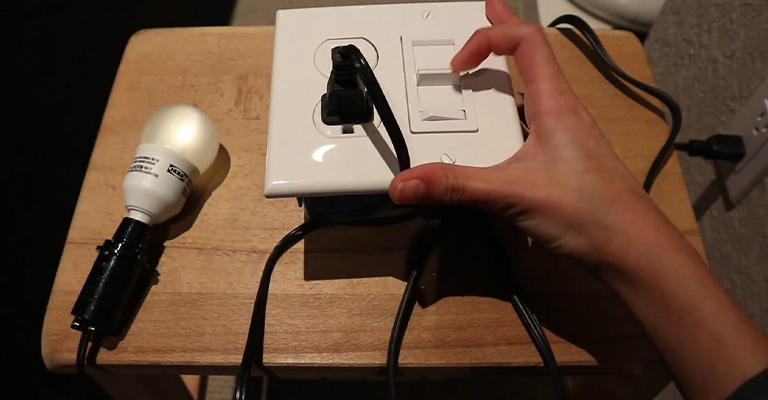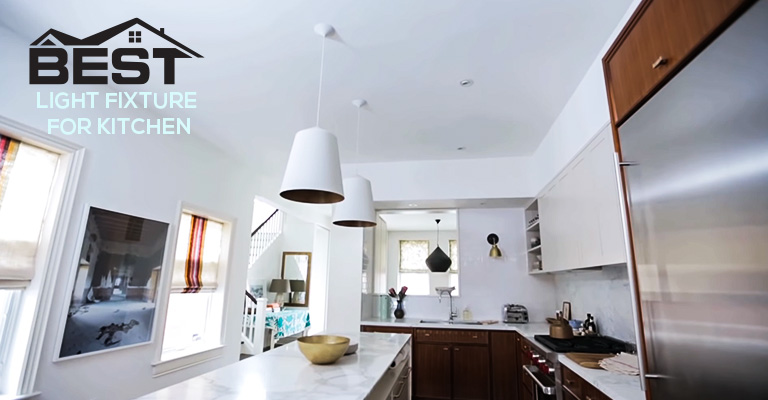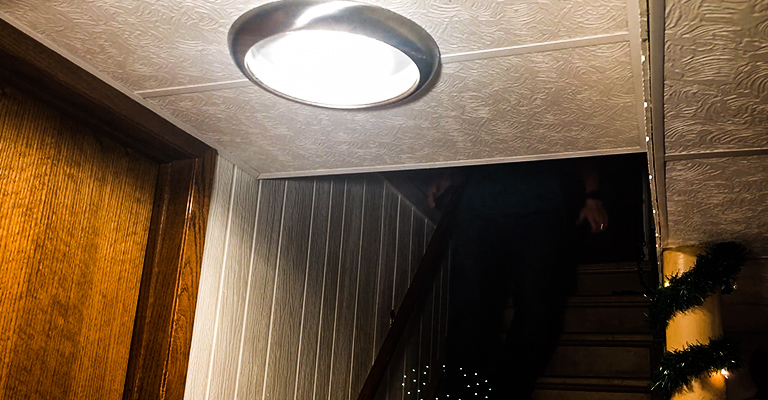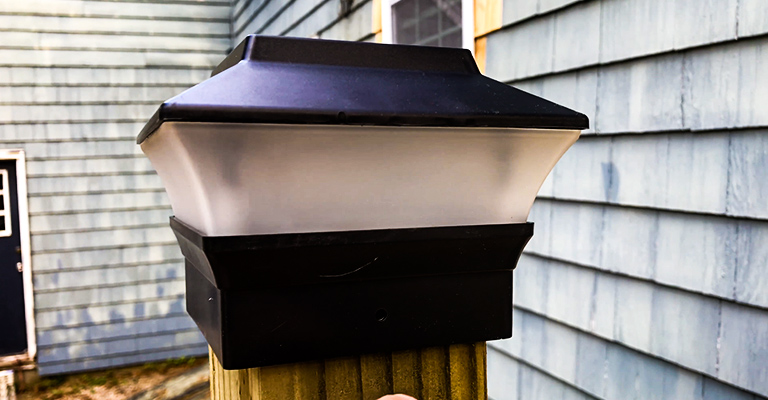Is Compact Fluorescent Dimmable?
As an energy-efficient replacement for incandescent light bulbs, compact fluorescent lamps, also known as CFLs, are available.
The bulbs are 75 percent more energy-efficient and screw into standard light fixtures to produce the same light output. As with conventional, straight fluorescent tubes, they similarly emit light.
As opposed to incandescent-type fixtures, CFL tubes are folded. When standard CFL bulbs are used in dimmable fixtures, they may not perform correctly.
Is Compact Fluorescent Dimmable?
CFL bulbs are not dimmable when they are not designed to be.
A CFL bulb that cannot be used on a dimmer will have the statement “Dimmable CFL bulb” on the packaging.
Dimmable CFLs
CFL bulbs with dimming capabilities are available. It doesn’t pose a problem to dim them down to about 20 percent of full light output.
The packaging for these bulbs states that they are dimmable. Dimmer-compatible CFL bulbs will not damage dimmers or bulbs since they were designed to work with them.
Not For Dimmers
Dimmable fixtures cannot be used with a standard CFL bulb. Using a dimmer with a standard CFL bulb is prohibited on the packaging.
You’ll get flashes, flickers, or this bulb will go out when you dim a standard CFL. Dimmer switches may be damaged by dimming standard CFL bulbs. This is a warning from the National Electrical Manufacturers Association.
Use Of A Dimmer With CFL & Fluorescent Lights
“Can fluorescent lights be dimmed?”. This is a common question that most people ask us. There are some considerations, but the answer is yes.
Both fluorescent and CFL bulbs can be dimmed with wall dimmers, but they require different approaches and hardware.
It’s much cheaper and more convenient to dim fluorescent lighting now than ever before, Jeff Emmerson, trade pricing program manager for Lamps Plus Professionals, says.
In areas such as kitchens, dining rooms, and family rooms where fluorescent lighting is used, dimming is often an option. Fluorescent lighting, unlike incandescent lights, is not as easy to change as just changing the switch.
The fixture must be dimmable and controlled by dimming control. However, changing the level of fluorescent lighting is still more expensive than controlling standard lighting, even though it is possible and less expensive than in the past.
Effects Of Dimming A Fluorescent Bulb Or A CFL
Compared to incandescent bulbs, fluorescent bulbs often produce a cooler color tone and often cannot match the color tone of a full-lit CFL bulb.
Fluorescent bulbs also don’t benefit from dimming, contrary to incandescent bulbs. This will make a room space feel more relaxed and enjoyable by setting a mood.
Dimming A CFL Bulb: Is It Possible?
Today, most homes have compact fluorescent lights. Dimmers and dimmer switches require CFL bulbs that are made specifically for use with dimmers.
Several manufacturers, such as GE make a dimming compact fluorescent light bulb. Dimmable compact fluorescent bulbs should not be used with dimmable switches since they will drastically decrease in lifespan.
Is It Possible To Dim Fluorescent Bulbs?
A dimming ballast is needed for fluorescent bulbs. Lutron was the first company to create a dimming ballast that used electronic technology.
To support complete fluorescent dimming systems, Lutron offers an extensive selection of dimming ballasts and controls. Commercial or institutional applications are often used for these.
However, the use of fluorescent lamps is growing predominantly in residential areas, especially recessed downlighting and coves, and in situations where energy efficiency is a primary concern.
Do LED Bulbs And Fixtures Work?
An LED bulb is not the same type of technology as a CFL, but there are the same compatibility issues with dimmers and light bulbs. Just as with CFLs, ensure the LED bulbs you choose are dimmable; not all of them are. LEDs are not compatible with all dimmers.
Is it possible to dim non-dimmable LEDs with dimmers, or are dimmers that are not compatible with LEDs?
Among other issues, you may experience flickering from the bulb or drop-offs when there is not enough light. Ultimately, this will result in damaged LED drivers or circuits, causing the bulb to fail earlier than expected.
Dimming Fluorescent Lamps

In comparison with incandescent lamps, fluorescent lamps have many advantages.
- There are several color temperatures available
- As the surfaces of these structures are large, they are more architecturally pleasing.
- Their lifespan is longer, and they use less energy.
Nonetheless, they can also be very difficult to work with dimmers. There are two types of fluorescent lamps, as most people are aware:
Compact Fluorescents: They come with a standard screw-in base that houses the electronics.
Regular Fluorescents: External ballasts are required for these lamps.
The majority of current ballasts are electronic, which do not hum like magnetic ones and show fewer flickering patterns.
Dimming compact fluorescent bulbs is not possible unless they are a special type of dimmable compact fluorescent bulb. Dimmer switches are available for all fluorescent bulbs.
Dimming one in an ordinary fluorescent fixture, however, will cause you to experience one or more of the following problems:
- The bulb’s lifespan may drastically be shortened.
- Occasionally, the lamp’s output may be unreliable, or it could go out randomly.
- You may hear a buzzing noise when it lights up.
- You may not be able to light the lamp.
Too Much Work
The simplest method of reducing voltage to a fluorescent tube doesn’t work no matter how custom-built the contraption is.
Lamp ends become black and will fail prematurely if filaments are not adequately heated. Dimming fluorescent lights are best accomplished with dimming ballasts.
Cost
Dimmer ballasts are very expensive: at the time this piece was written, they cost over $100. A dimming ballast can only be used with a specific type and number of fluorescent bulbs, as with all electronic ballasts.
The problem with dimming ballasts is that you cannot use an ordinary light switch with them. The dimmer must have three wires. It turns out that these are also quite expensive (about $100).
Socket
A dimming ballast usually requires four-way rapid-start sockets and standard four-pin bulbs. Bulb sockets with two pins or instant-start sockets won’t work because they are shorted on both sides, which causes the ballast to malfunction.
Before lighting your fixture, check that the wiring is done according to the manual that came with the ballast. A series connection between two sockets is not allowed.
Compliance
To comply with the electrical code, the dimmer should be installed on the fixture rather than the receptacle. The same applies to conventional dimmers as well.
Heating Issue
The dimming ballasts, which can reach 18 inches in length, are also much bigger than their counterparts. Ballasts with electronic ballasts produce more heat and must be mounted flush on a grounded metal fixture that conducts heat well, with adequate ventilation.
Despite what manufacturers claim, it turns out that a specific dimmer model is required for each dimming ballast, even if they say that any dimmer will work.
Final Words
Is it possible to install CFLs in fixtures that have a dimmer switch?
Yes.
However, you must purchase the right ones. If the packaging says “dimmable,” this type of CFL has a special ballast that enables it to be operated with any incandescent dimmer switches.
When comparing the adaptability of different lighting options, the age-old incandescent bulb often comes to mind. Many homeowners are accustomed to the ease with which dimmer switches work with these traditional bulbs. However, the shift towards energy-saving alternatives has raised questions about compatibility. Standard CFLs, or Compact Fluorescent Lamps, are generally not designed to work seamlessly with dimmer switches. Using them without the appropriate setup can result in flickering, reduced lifespan, and, in some cases, even poses a fire hazard.
Furthermore, it’s vital to consider the environmental implications. While CFLs have been lauded for their energy efficiency, their mercury content is a concern. Disposing of them irresponsibly can be harmful to the environment. So, if dimming is a priority for your home, it’s essential to invest in CFLs explicitly designed for dimming or to explore other energy-efficient alternatives that are compatible with dimmer switches.
In summary, while standard CFLs offer several benefits in terms of energy savings, they are not the best choice for dimming applications. Homeowners should be aware of the risks and make informed decisions when integrating them with dimmer systems, ensuring safety and optimal performance.






